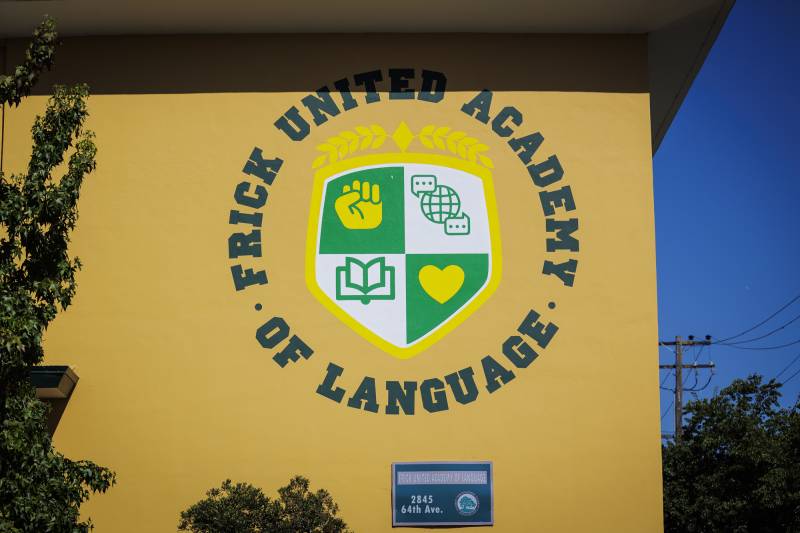At a contentious Oakland school board meeting where officials gave an update on elevated lead levels found in water at nearly two dozen campuses, district leaders called for state and federal help to address aging infrastructure and criticized communication lapses.
“This is a legacy problem that we’re facing,” board Vice President Mike Hutchinson said, addressing district officials and community members in attendance Wednesday night. “It’s something that’s been known, and it’s something that, as a community and a district, we need to be able to figure out how to address.”
Testing that found water sources on 22 campuses had lead levels above the Oakland Unified School District’s acceptable standard of 5 parts per billion was completed as early as April in some cases.
Emails to the affected school communities were only sent this month, during the first week of class, prompting anger and fears about the students and staff drinking water in the months between.


